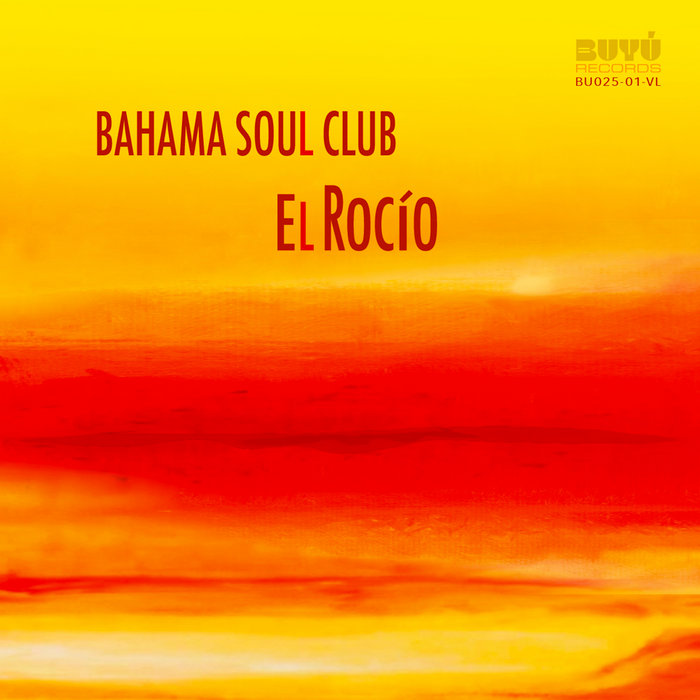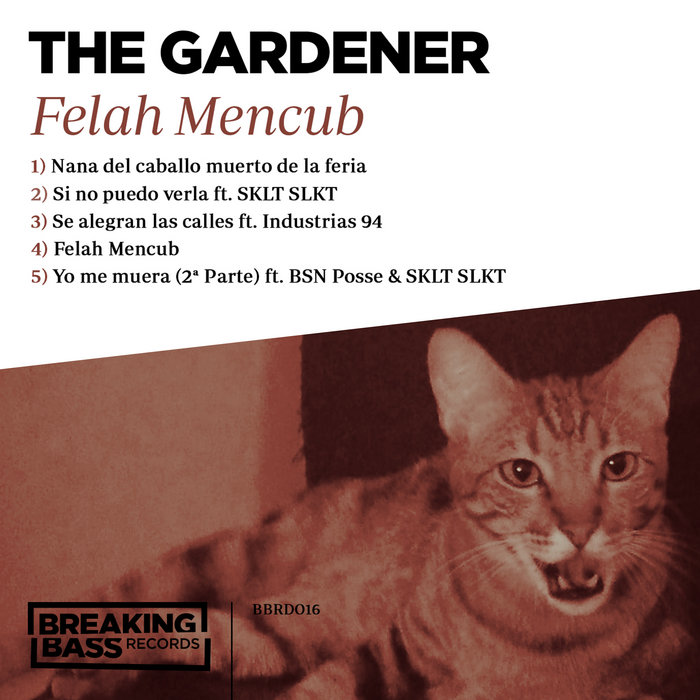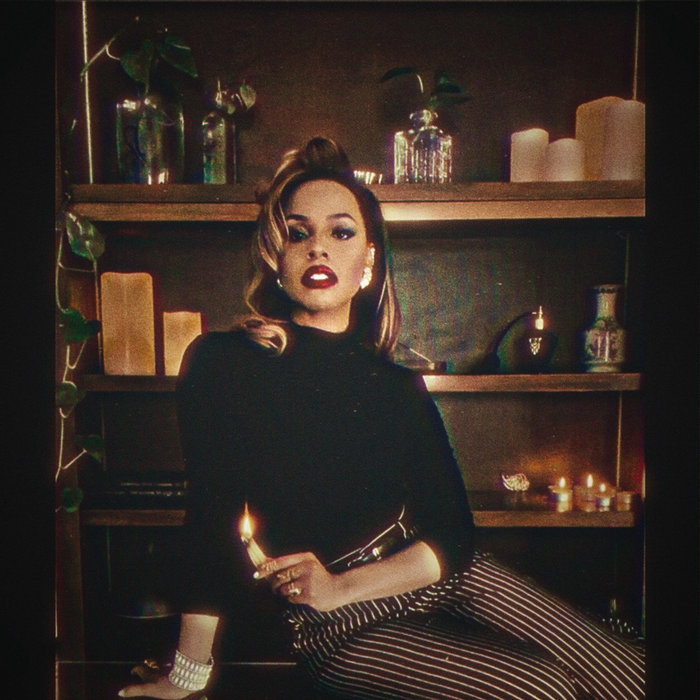
EL ROCÍO – Bahama Soul Club
this blog is GROOVY – check out great Soul, Funk, Jazz, Hip Hop, Bass, Breaks , Reggae, House n many more TUNES
Flamenco is more than just a music genre; it’s a vibrant tapestry woven from the threads of history, culture, and passion. Rooted in the Andalusian region of Spain, this art form embodies dance, singing (cante), and guitar playing (toque). It’s like a spicy stew simmering with influences from various cultures — Romani, Moorish, Jewish, and native Spanish folk traditions.
Flamenco’s origins are as mysterious as the intricate patterns on a mosaic tile. While some say it dates back to the 15th century or even earlier, it really started taking shape around the late 18th century. The blend of various musical styles gave birth to flamenco’s distinctive sound characterized by its passionate vocals and rhythmic claps.
Around this time, flamenco was mainly an oral tradition. Musicians would gather in “cafés cantantes” — think coffee shops sprinkled with magic where locals came together to share stories through music instead of gossiping about their neighbors!
Fast forward to the 1800s when flamenco began gaining popularity outside Andalusia. This period is often referred to as its “Golden Age.” It reached new heights with performances across Spain which attracted audiences from all walks of life. Artists like Paco de Lucía entered the scene bringing fresh sounds and techniques that turned heads (and ears!).
And here’s something funny: One famous guitarist had so much flair he reportedly needed two pairs of shoes for his shows! Why? Because one pair was always scuffed up after all that tapping on stage!
In the mid-20th century, flamenco hit global stages thanks to artists like Camarón de la Isla who infused traditional sounds with modern elements — kind of like adding chocolate chips into your grandmama’s classic cookie recipe! Other musicians took these innovations further creating crossover genres that blended pop and jazz into flamencos beats.
Did you know? To promote their music internationally some bands actually had secret rehearsals in underground clubs so they could still surprise audiences later — talk about keeping things low-key!
These components intertwined create an experience that resonates deeply throughout cultural corners worldwide.
Today, flamenco continues evolving while holding onto its roots fiercely; ensembles might mix traditional forms within contemporary setups or engage across genres—whether it’s collaborating on world tours or impacting fashion trends along Calle Larios!
One amusing twist? There were rumors circulating that Andrés Segovia wore sunglasses during practice because he thought it made him look cool—who knew aspiring virtuosos had style goals too?
Additionally: Some young folks have started fusing hip-hop vibes into performance pieces showcasing what happens when worlds collide! Talk about breaking boundaries while keeping your feet tapping away!
Many famous singers got their start performing at family gatherings—nothing says talent showcase quite like Aunt Marisol requesting another round!
It’s said that every time someone plays ‘Entre Dos Aguas’ by Paco de Lucía at least three Spaniards will spontaneously break out into dance without hesitation—it’s practically social law!
Guitarists often incorporate playful competition during festivals called “juerga,” where they try impressing each other through improvisation challenges—you’d be surprised how many accidental mishaps are left subject for laughter rather than embarrassment afterward!
Want a laugh? There’s even footage captured online showing dancers accidentally kicking over water bottles mid-performance—their reactions turn them instant stars on social media platforms overnight.
So here we are—a joyful journey through centuries highlighting not just exquisite rhythms but also quirks wrapped inside vibrant lives dedicated wholly towards this beautiful expression called flamenco. Whether you’re embracing its fiery spirit during live performances or casually jiving along at home listening through headphones—the essence remains ever-potent awaiting eager hearts ready for discovery anew! So grab yourself some castanets next time there’s flaminco nearby; we wanna see you shakin’ it too!

EL ROCÍO – Bahama Soul Club

Nana del caballo muerto de la feria – The Gardener

Fuego – Lauren Henderson

Código Jondo – Apego vacío (Buleríâ) – Código Jondo